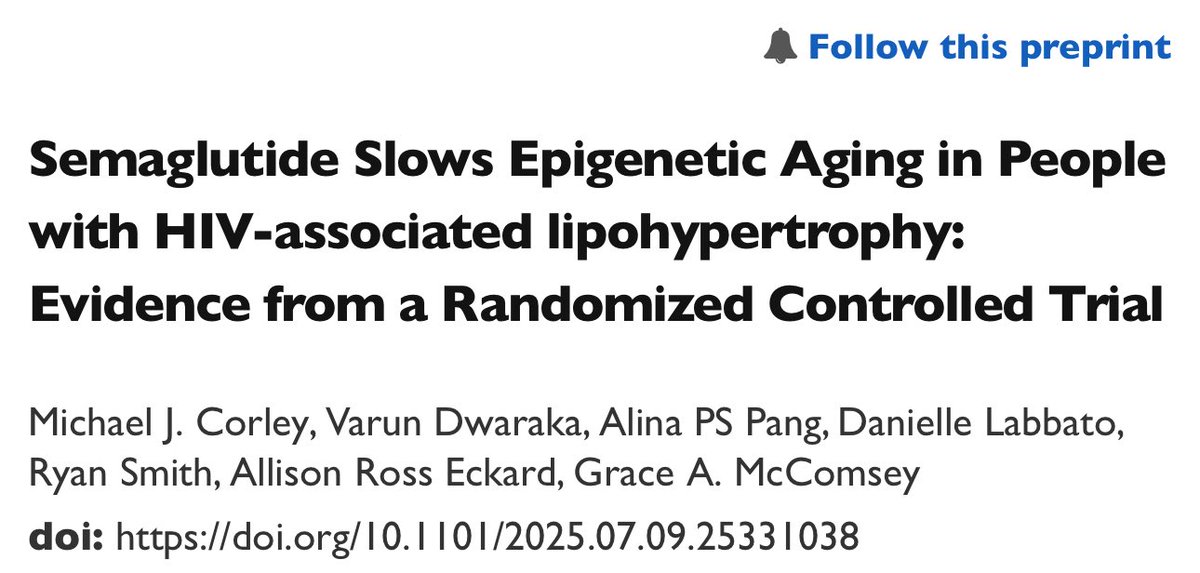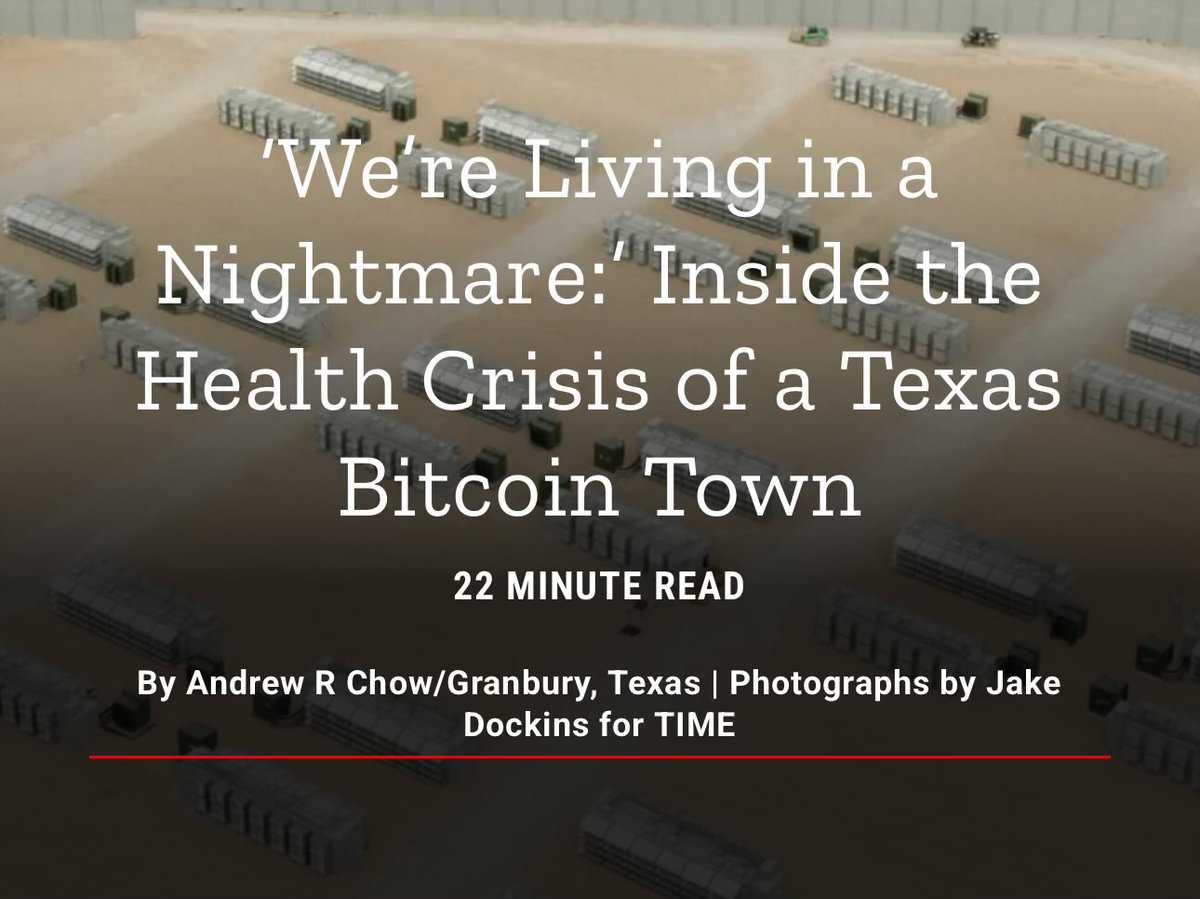
How to get URL link on X (Twitter) App


 📉 Epigenetic age dropped by:
📉 Epigenetic age dropped by:
 The core stat:
The core stat:
 Researchers found 100% lethality and 100% transmission in mice when exposed to an H5N1 strain with the E627K mutation *after just one passage*
Researchers found 100% lethality and 100% transmission in mice when exposed to an H5N1 strain with the E627K mutation *after just one passage*
 Start with the image.
Start with the image. 
 The data shows two separate households with infected cats.
The data shows two separate households with infected cats. https://twitter.com/rajlabn/status/1873226145879212433This is a strain explicitly associated with agricultural livestock, and now it’s showing up in household pet food in a state that, officially, has no documented presence of B3.13 in its dairy cattle, poultry, or wildlife.

 A chicken with diarrhea?
A chicken with diarrhea? 

 The sudden death of your chicken, coupled with respiratory and neurological symptoms in the remaining birds screams H5N1.
The sudden death of your chicken, coupled with respiratory and neurological symptoms in the remaining birds screams H5N1.

 Pandemics appear hindsight-perfect.
Pandemics appear hindsight-perfect.